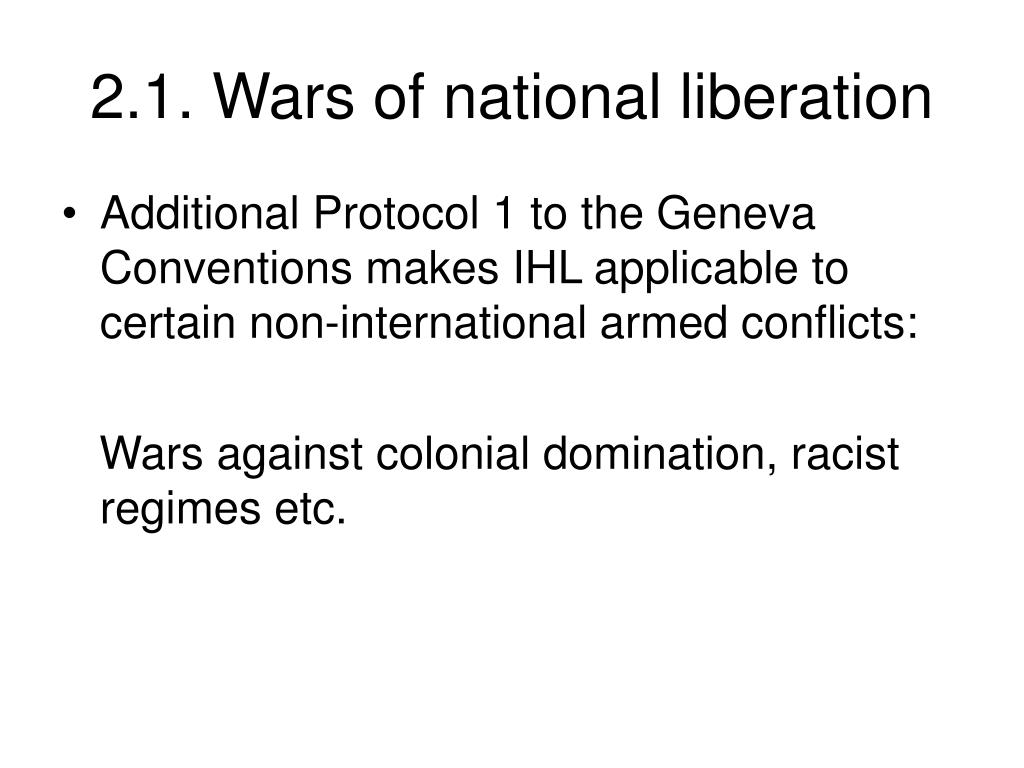

Instead, the ICRC determines on a case by case evidential basis whether or not the criteria for the existence of an armed conflict have been satisfied.

The ICRC does not consider that IHL applies beyond the geographical boundaries of the territory of parties to a conflict in a manner that permits the global targeting of any individuals believed (sometimes incorrectly) to be associated with non-State armed groups. Significantly, the International Committee of the Red Cross (ICRC), as the guardian of IHL, has never recognized the existence of any global 'War on terrorism', nor does it consider non-State actors, perceived by some as having global reach - such as al Qaeda and ISIL and their affiliated groups - as being party to a global conflict. Two categories of armed conflict are identified under the existing treaty regime: international armed conflicts (IAC) occurring between two or more States and (b) non-international armed conflicts (NIAC) which occur between State and non-governmental armed groups, or only between armed groups. Therefore, international case law, State practice and academic scholarship have been especially important in determining the legal meaning and parameters of this concept. There is no treaty definition of 'armed conflict', including within the text of the Geneva Conventions 1949 or Additional Protocols 1977. (Especially helpful in the drafting of this section was Melzer, 2016). Where this threshold is not met, then the rights and treatment of individuals will be determined by human rights law and any unlawful violence will be regulated by domestic criminal law.

It requires that a minimum threshold of violence is crossed first, or a military occupation occurs. IHL does not apply to all uses of inter-State confrontation nor to the employment of all forms of violence such as during riots or during isolated acts (see Additional Protocol II article 1(2)). This permits the lawful killing of some persons and destruction of certain property, whilst requiring the protection of others. The correct categorization of whether or not an armed conflict exists is important since this will determine whether or not IHL applies.


 0 kommentar(er)
0 kommentar(er)
